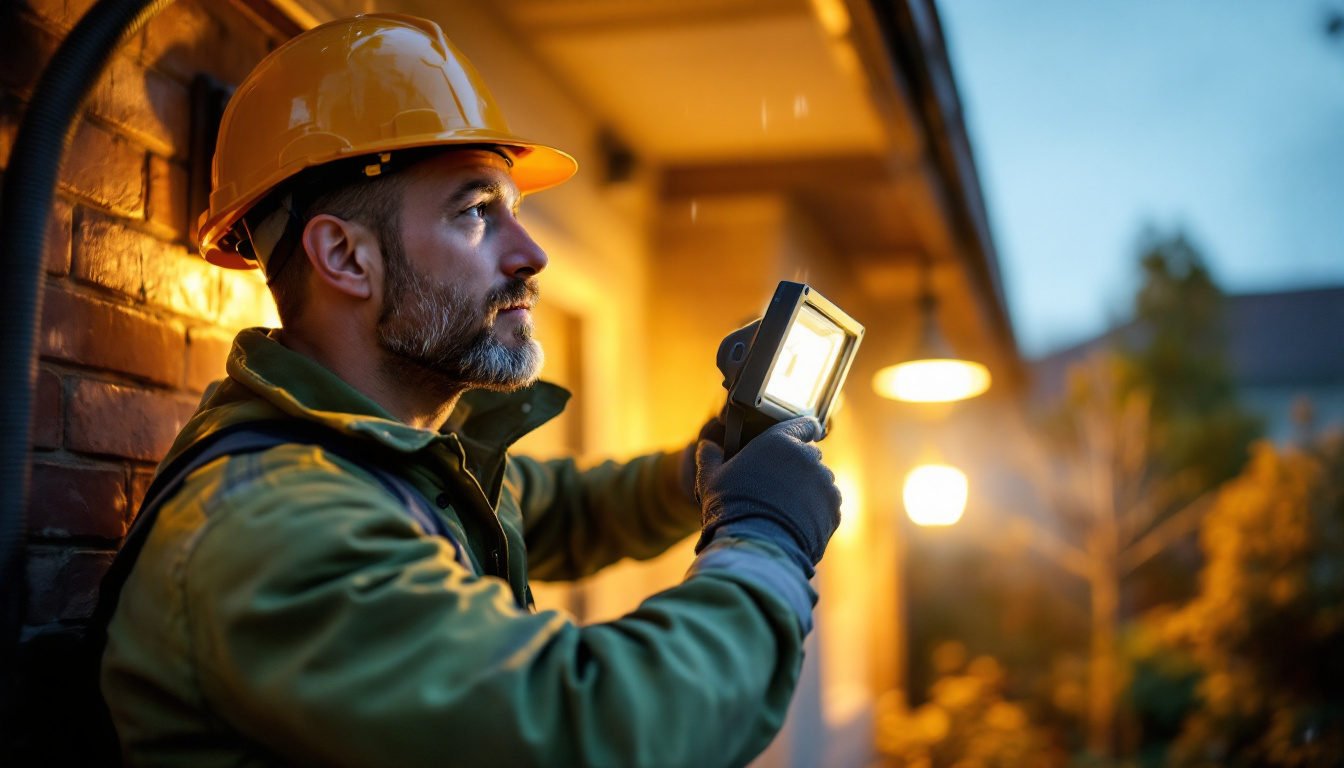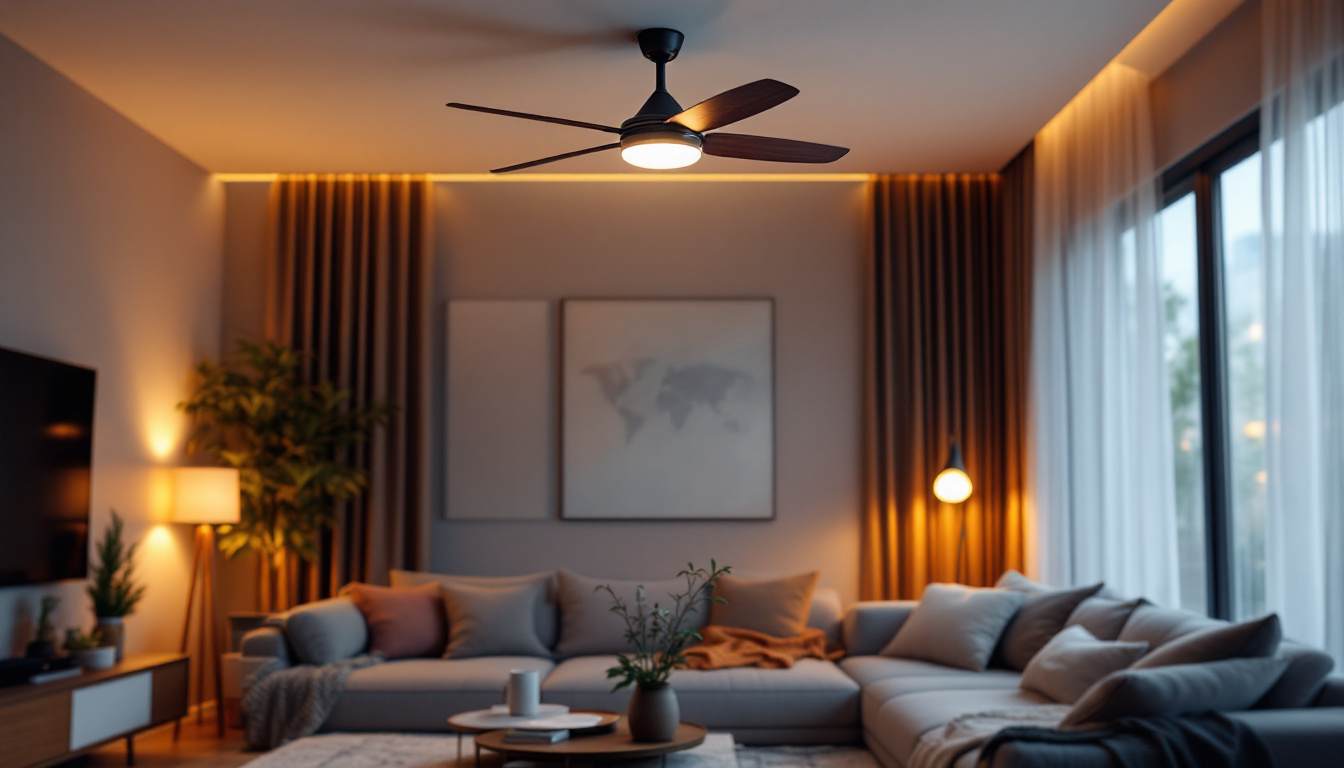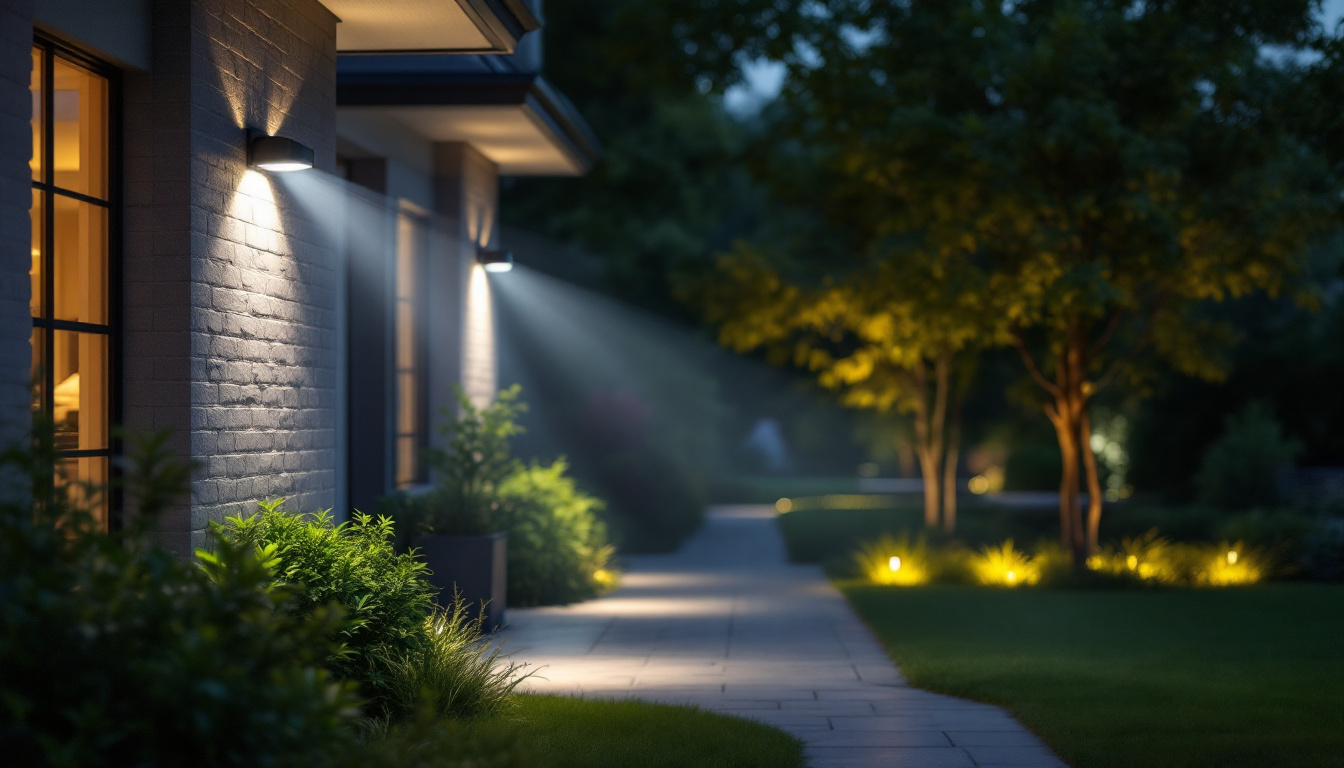
Understanding the intricacies of lighting systems is essential for lighting contractors. One of the critical components in many lighting setups is the ballast. This article delves into what a ballast is, its function, types, and the resources available for lighting contractors to master this essential element of lighting design.
A ballast is an electrical device used to regulate the current in fluorescent and HID (High-Intensity Discharge) lighting systems. It plays a crucial role in starting the lamp and maintaining the proper current flow during operation. Without a ballast, these types of lights would not function correctly, leading to flickering or even complete failure.
The primary function of a ballast is to provide the necessary voltage to initiate the lamp’s operation. Once the lamp is lit, the ballast then limits the current to prevent overheating and potential damage. This regulation is vital, as excessive current can lead to reduced lifespan and performance of the lighting system.
Additionally, ballasts can influence the efficiency and quality of light produced. A well-designed ballast can enhance the overall performance of the lighting system, contributing to energy savings and improved illumination quality. Moreover, the choice of ballast can affect the color temperature and brightness of the light emitted, which is particularly important in settings where lighting quality is paramount, such as in art galleries or retail spaces.
Ballasts come in various types, each suited for specific applications. The most common types are magnetic and electronic ballasts. Magnetic ballasts are typically heavier and less efficient, but they are known for their durability. They operate using inductive coils to regulate the current.
On the other hand, electronic ballasts are lighter and more efficient, providing better control over the light output. They operate at higher frequencies, which can reduce flickering and improve the overall quality of light. Understanding the differences between these types is crucial for contractors when selecting the appropriate ballast for a project. Furthermore, advancements in technology have led to the development of smart ballasts that can be integrated into automated lighting systems, allowing for features such as dimming and remote control. This innovation not only enhances user convenience but also contributes to energy conservation by adjusting light levels based on occupancy or natural light availability.
When working with ballasts, lighting contractors must consider several factors to ensure optimal performance and compliance with industry standards. These considerations can significantly impact the success of a lighting installation.
One of the first considerations is compatibility with the light fixtures being used. Not all ballasts are suitable for every type of lamp. For instance, a ballast designed for fluorescent lamps may not work with HID lamps. It’s essential to check the specifications of both the ballast and the lamp to ensure they are compatible.
Moreover, contractors should also consider the wattage and voltage requirements of the fixtures. Selecting a ballast that matches these specifications is critical for achieving the desired lighting performance and efficiency. Additionally, understanding the specific application of the lighting system—whether for commercial, industrial, or residential use—can guide contractors in choosing the right ballast type. For example, high-bay lighting in warehouses may require different ballasts compared to decorative fixtures in a retail space, emphasizing the need for a tailored approach to each project.
energy efficiency is a significant concern in today’s lighting industry. Many jurisdictions have implemented regulations that require lighting systems to meet specific energy efficiency standards. Contractors should stay updated on these regulations to ensure compliance and avoid potential penalties.
Choosing energy-efficient ballasts not only helps in meeting these regulations but also contributes to lower energy costs for clients. Electronic ballasts, for example, often provide better energy savings compared to their magnetic counterparts, making them a preferred choice for many applications. Furthermore, the integration of smart lighting technologies, such as dimmers and sensors, can enhance energy efficiency even further by adjusting light levels based on occupancy or natural light availability. This not only reduces energy consumption but also creates a more adaptable and comfortable environment for users.
Proper installation and maintenance of ballasts are crucial for ensuring long-term performance. Contractors should follow manufacturer guidelines for installation to avoid issues such as overheating or electrical failures. Additionally, regular maintenance checks can help identify potential problems before they lead to costly repairs or replacements.
Educating clients about the importance of maintenance can also enhance the longevity of the lighting system. Simple tasks, such as cleaning fixtures and checking connections, can significantly impact the performance of the ballast and the overall lighting system. Moreover, contractors should consider implementing a scheduled maintenance plan that includes periodic inspections and replacements of aging components. This proactive approach not only minimizes downtime but also ensures that the lighting system continues to operate at peak efficiency, ultimately providing better value for clients over time. As technology evolves, staying informed about advancements in ballast technology can also offer opportunities for upgrades that improve performance and energy savings.
To excel in the field of lighting, contractors can benefit from a variety of resources that provide in-depth knowledge about ballasts. These resources can help contractors stay informed about the latest technologies, best practices, and industry standards.
Many organizations offer online courses and webinars focused on lighting design and technology. These educational opportunities often cover topics related to ballasts, including their types, functions, and installation techniques. Participating in these courses can enhance a contractor’s understanding and skills, making them more competitive in the industry.
Additionally, webinars often feature industry experts who share insights and answer questions, providing valuable real-world knowledge that can be applied in various projects. Some platforms even offer certification programs that can further validate a contractor’s expertise in ballast technology, which can be a significant advantage when bidding for projects or seeking new clients.
Staying updated with industry publications and journals is another effective way for lighting contractors to deepen their knowledge about ballasts. These resources provide articles, case studies, and research findings that can offer insights into the latest trends and technologies.
Subscribing to relevant magazines or journals can keep contractors informed about new products, innovations, and best practices, enabling them to make informed decisions when selecting and installing ballasts. Additionally, many publications feature interviews with leading professionals in the field, offering a behind-the-scenes look at successful projects and the challenges faced by contractors, which can be incredibly beneficial for learning and growth.
Most ballast manufacturers provide extensive resources, including technical manuals, installation guides, and troubleshooting tips. These resources can be invaluable for contractors during the selection and installation process.
Moreover, many manufacturers offer technical support services that contractors can utilize when facing challenges or needing clarification on specific products. Building a relationship with manufacturers can also lead to better access to new products and innovations in the market. Some manufacturers even host training sessions or workshops, allowing contractors to gain hands-on experience with their products, which can significantly enhance their confidence and competence in using various ballast technologies.
Lighting contractors often encounter challenges when dealing with ballasts. Understanding these challenges and knowing how to address them can enhance the efficiency and effectiveness of lighting installations.
Flickering lights are a common issue that can be attributed to several factors, including incompatible ballasts or faulty connections. When faced with flickering, contractors should first check the compatibility of the ballast with the lamp. If they are mismatched, replacing the ballast with a compatible one is necessary.
Additionally, inspecting the connections and wiring can help identify any loose or damaged components that may be causing the flickering. Ensuring all connections are secure can often resolve this issue.
Overheating is another challenge that can lead to reduced performance and lifespan of a ballast. This issue can arise from several factors, including poor ventilation, incorrect wattage, or faulty components. Contractors should ensure that the ballast is installed in a well-ventilated area to prevent overheating.
If overheating persists, it may be necessary to evaluate the wattage of the ballast in relation to the lamp. Using a ballast with a higher wattage than required can cause excessive heat. In such cases, switching to a properly rated ballast can mitigate the overheating issue.
A shortened lifespan of lamps can be frustrating for both contractors and clients. This problem can often be traced back to the ballast, particularly if it is not functioning correctly. Regular maintenance checks can help identify any signs of wear or malfunction in the ballast that may be affecting the lamps.
Additionally, ensuring that the ballast is compatible with the lamp type and wattage can help prevent premature failure. If a ballast consistently causes issues, it may be time to consider upgrading to a more efficient model.
Mastering the intricacies of ballasts is essential for lighting contractors who wish to provide high-quality lighting solutions. By understanding the functionality, types, and considerations surrounding ballasts, contractors can enhance their expertise and improve the overall performance of their lighting installations.
Utilizing available resources, staying informed about industry trends, and addressing common challenges will empower contractors to excel in their field. As the lighting industry continues to evolve, keeping abreast of new technologies and best practices will ensure that contractors remain competitive and capable of delivering exceptional lighting solutions.
Ready to elevate your lighting projects with the best ballasts in the market? Look no further than LumenWholesale, where we provide contractors with top-quality, spec-grade lighting products at unbeatable wholesale prices. Say goodbye to local distributor markups and hello to superior lighting products that meet the highest industry standards. With our hassle-free bulk buying and free shipping, you can ensure your lighting installations perform flawlessly without breaking the bank. Take advantage of our extensive selection and experience the perfect blend of quality, affordability, and convenience. Wholesale Lighting at the Best Value is just a click away.

Discover the essential guide to decoding light bulb specifications tailored for lighting contractors.

Explore the key challenges lighting contractors face with outdoor flood lamps, from installation hurdles to maintenance issues, and discover expert solutions to enhance efficiency and performance..

Discover the latest trends in discount ceiling fans that every lighting contractor needs to know.

Discover expert insights on selecting and installing outdoor motion detector flood lights with our comprehensive guide.